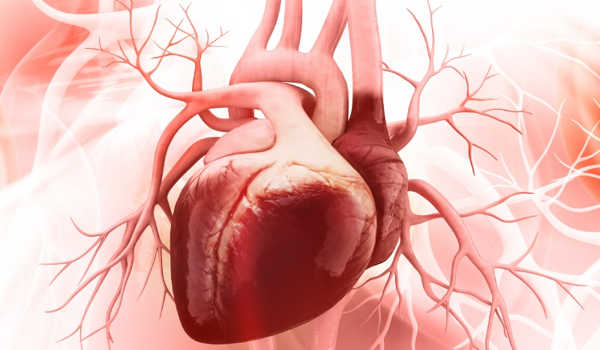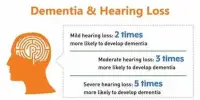When compared to exercise alone, combining aerobic exercise with moderate reductions in total daily calories resulted in greater improvements in vascular health in older adults with obesity. In obese older adults, reducing calorie intake by approximately 250 calories per day may result in significant weight loss and improved vascular health.
For older, obese adults, reducing 250 calories per day while engaging in moderate exercise yielded greater benefits than exercise alone. According to new research published today in the American Heart Association’s flagship journal Circula, combining aerobic exercise with a moderate reduction in daily calories resulted in greater improvements in aortic stiffness (a measure of vascular health that impacts cardiovascular disease) among older adults with obesity, compared to exercise alone or exercise plus a more restrictive diet.
A healthy diet and regular physical activity, for example, are modifiable lifestyle factors that may help offset age-related increases in aortic stiffness. Although aerobic exercise has been shown to improve aortic structure and function in general, previous research has shown that exercise alone may not be enough to improve aortic stiffness in obese older adults.
Reducing calorie intake by approximately 250 calories per day may lead to significant weight loss and improve vascular health in older adults with obesity.
“This is the first study to compare the effects of aerobic exercise training with and without calorie restriction on aortic stiffness,” said Tina E. Brinkley, Ph.D., lead author of the study and associate professor of gerontology and geriatric medicine at the Sticht Center for Healthy Aging. “We wanted to see if combining caloric restriction with aerobic exercise for weight loss would result in greater improvements in vascular health in older adults with obesity than aerobic exercise alone.”
This randomized controlled trial included 160 obese sedentary adults aged 65 to 79 years (BMI=30-45 kg/m2). The participants were 69 years old on average, 74% were female, and 73% were white. For 20 weeks, participants were assigned at random to one of three intervention groups: 1) exercise only in conjunction with their regular diet; 2) exercise plus moderate calorie restriction (approximately 250 calories/day); or 3) exercise plus more intensive calorie restriction (approximately 600 calories/day).
The two calorie-restricted groups received pre-made lunches and dinners with less than 30% fat calories and at least 0.8 grams protein per kg of their ideal body weight, prepared for the study by a registered dietitian; they prepared their own breakfasts from a dietitian-approved menu. Everyone in the study received supervised aerobic exercise training four days per week for the duration of the 20-week study at Wake Forest School of Medicine’s Geriatric Research Center.

Cardiovascular magnetic resonance imaging was used to assess the structure and function of the aorta by measuring aortic arch pulse wave velocity (PWV) (the speed at which blood travels through the aorta) and distensibility (the ability of the aorta to expand and contract). A stiffer aorta is indicated by higher PWV values and lower distensibility values.
Weight loss of nearly 10% of total body weight, or about 20 pounds, was associated with significant improvements in aortic stiffness over the five-month study period, but only in the participants assigned to the exercise plus moderate calorie restriction group. Among the other findings are:
- The exercise plus moderate calorie restriction group increased distensibility by 21% and decreased PWV by 8%.
- None of the aortic stiffness measures changed significantly in either the exercise-only group or the exercise plus more intensive calorie restriction group.
- Changes in BMI, total fat mass, percent body fat, abdominal fat, and waist circumference were greater in both calorie-restricted groups compared to the exercise-only group.
- Weight loss was similar between the calorie-restricted groups despite nearly two times fewer calories (26.7 percent vs. a 14.2 percent reduction in calories) in the intensive calorie restriction group.
“Our findings suggest that lifestyle changes that increase aerobic activity while decreasing daily calorie intake moderately may help to reduce aortic stiffness and improve overall vascular health,” Brinkley said. “However, we were surprised to find that the group that reduced their calorie intake the most did not have any improvements in aortic stiffness, despite having similar decreases in body weight and blood pressure as the participants who reduced their calorie intake moderately.”
Brinkley continued, “These findings imply that combining exercise with modest calorie restriction – as opposed to more intensive calorie restriction or no-calorie restriction – likely maximizes the benefits on vascular health while also optimizing weight loss and improvements in body composition and fat distribution. The discovery that higher-intensity calorie restriction may not be necessary or advised has significant implications for weight loss recommendations to reduce cardiovascular disease risk in obese older adults.”
















